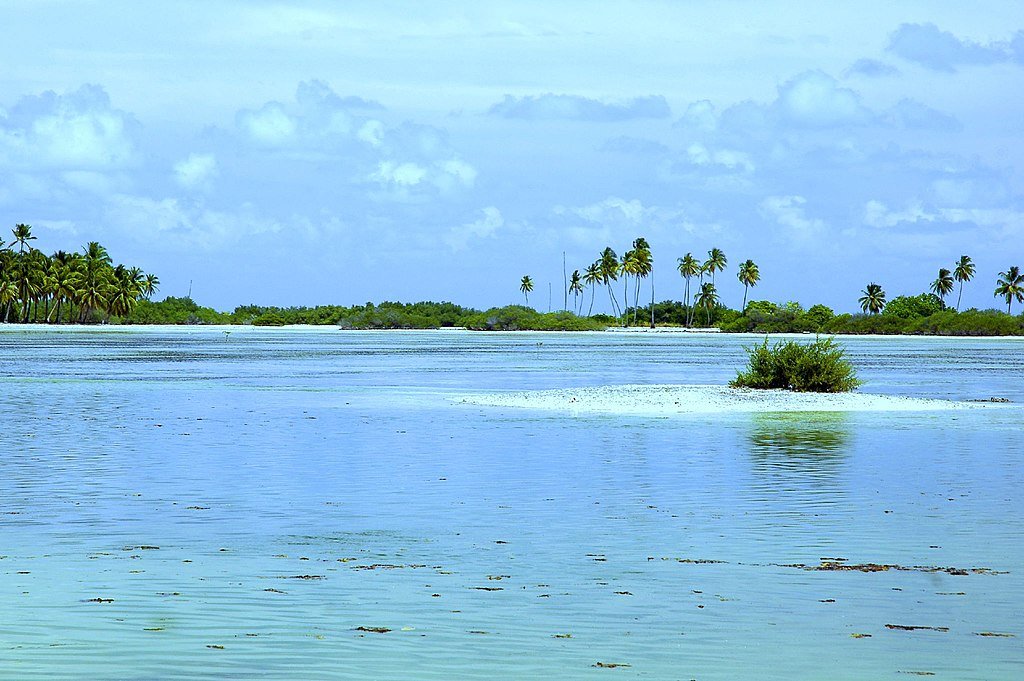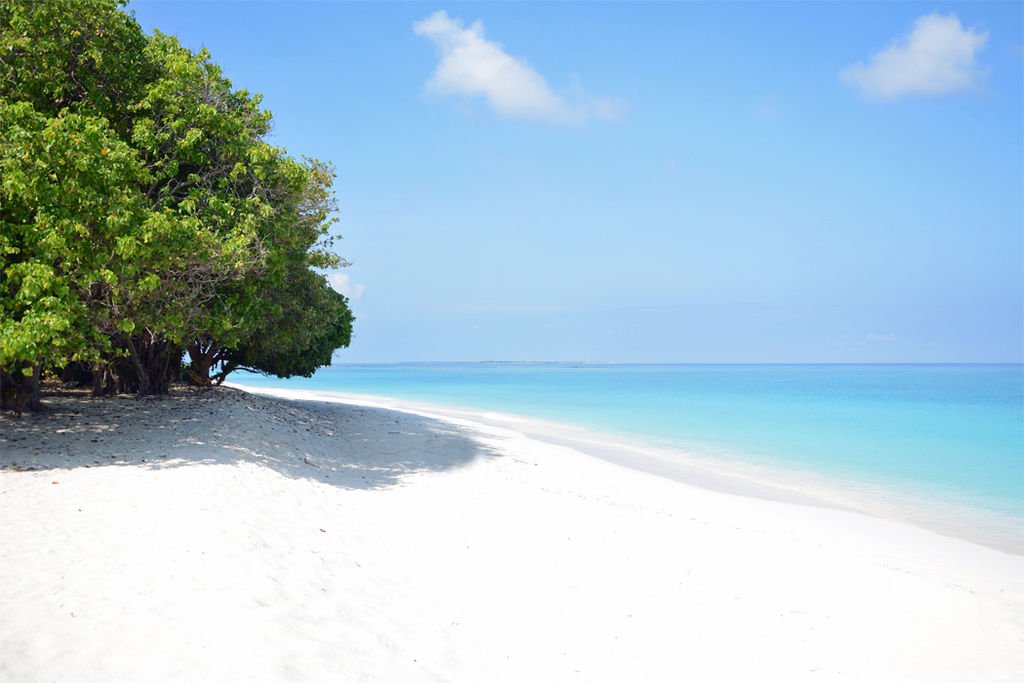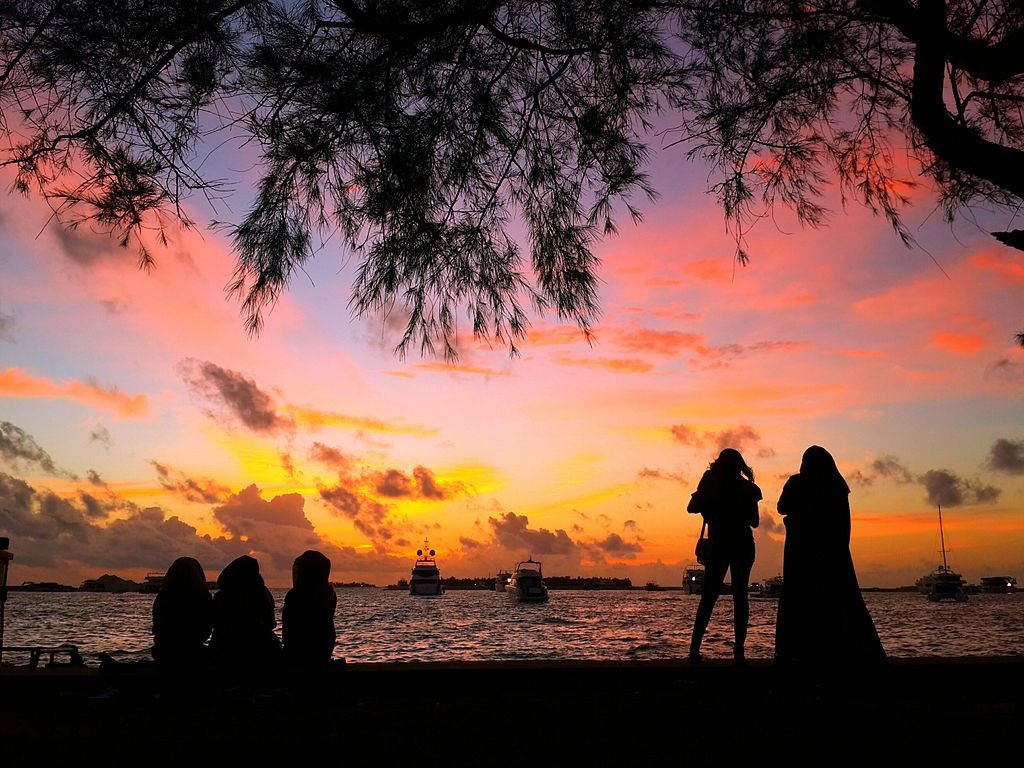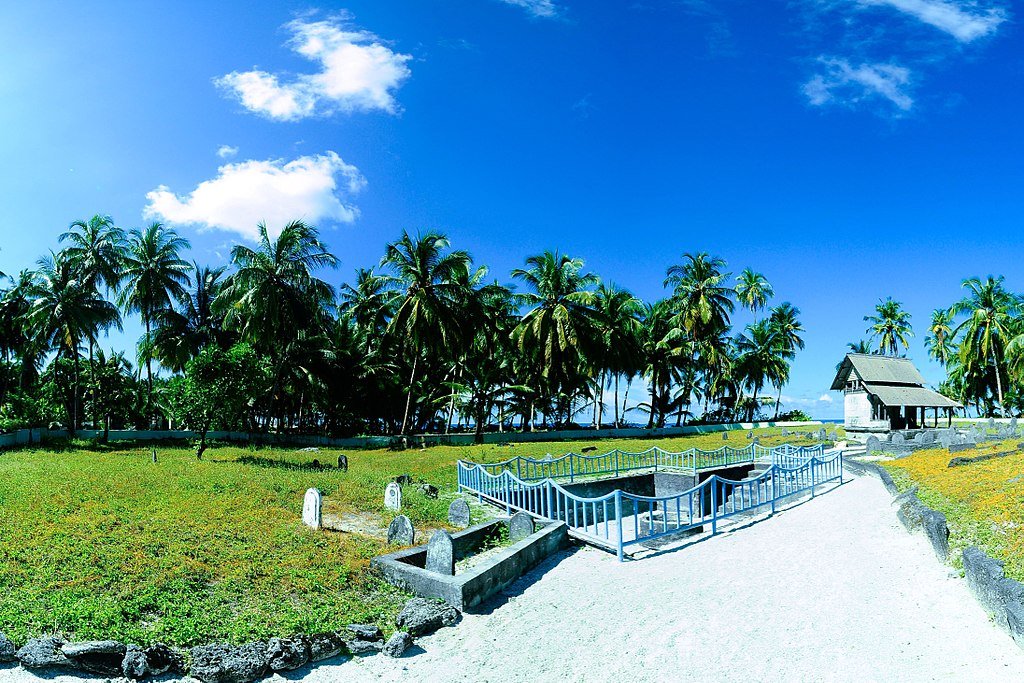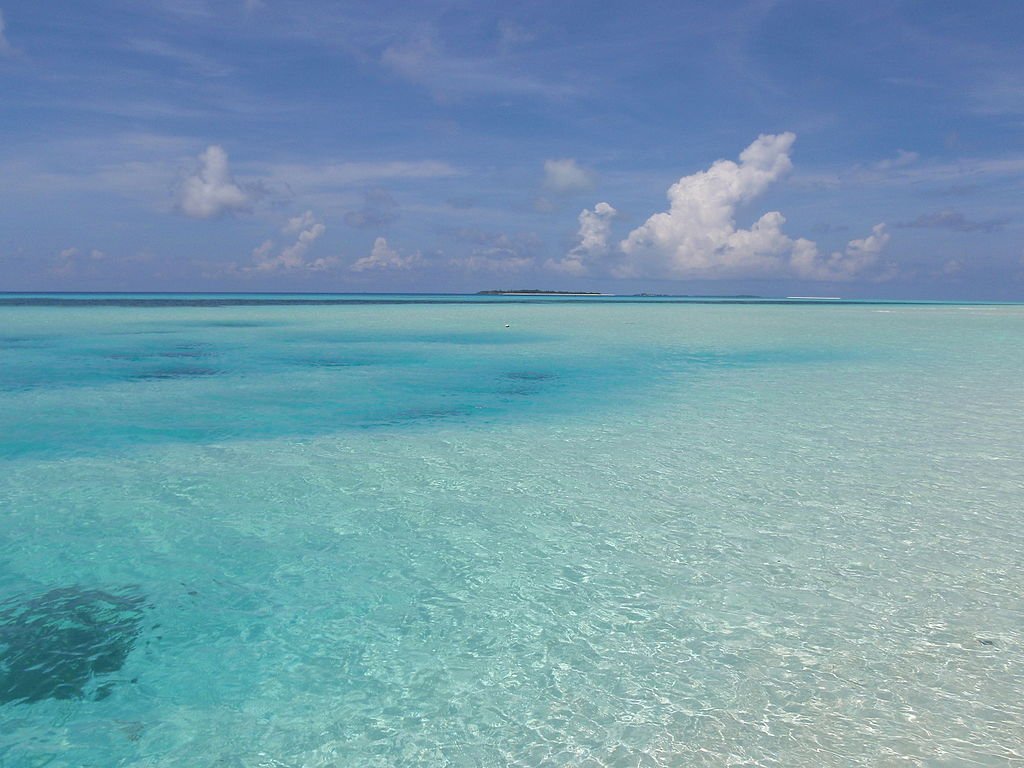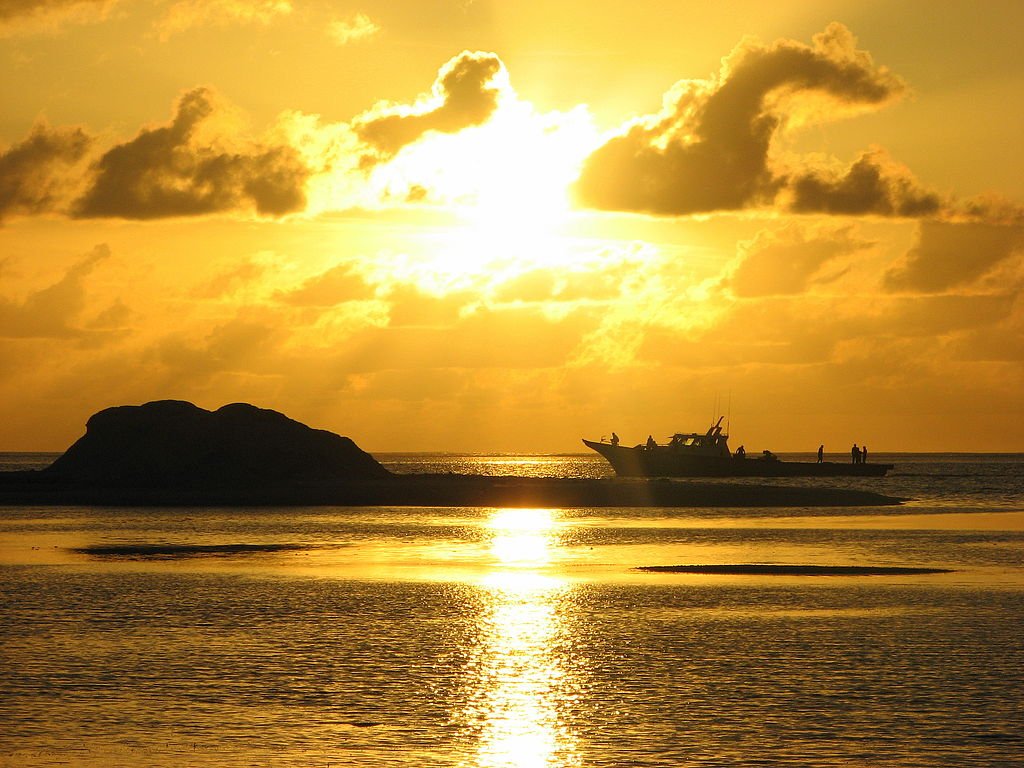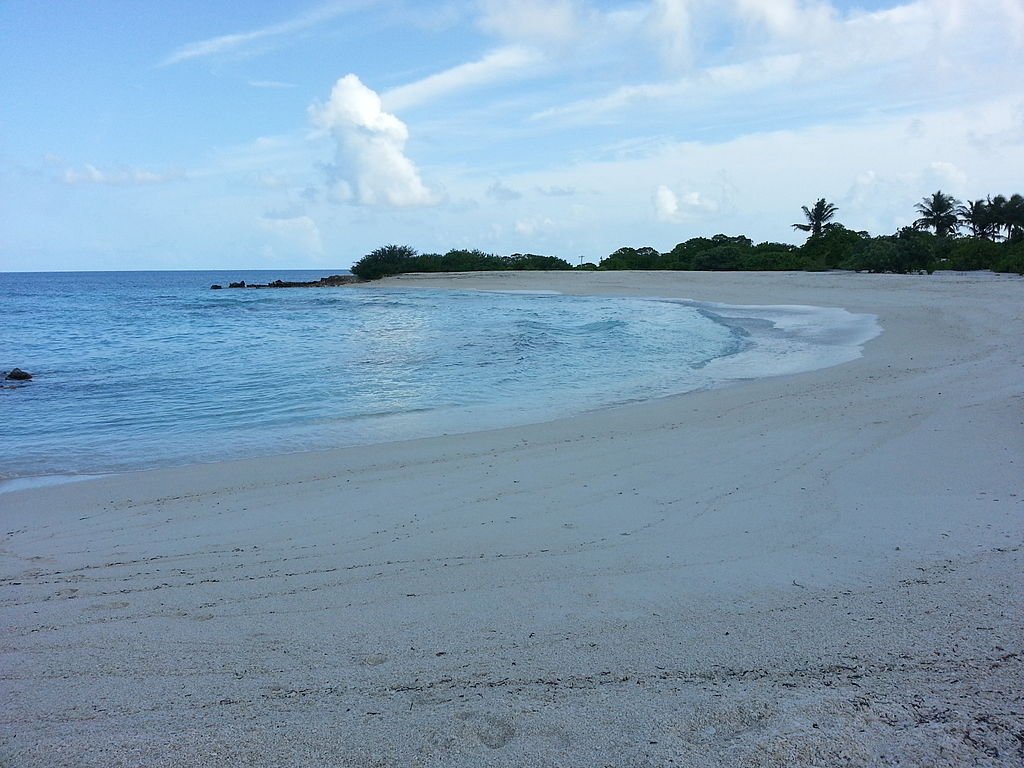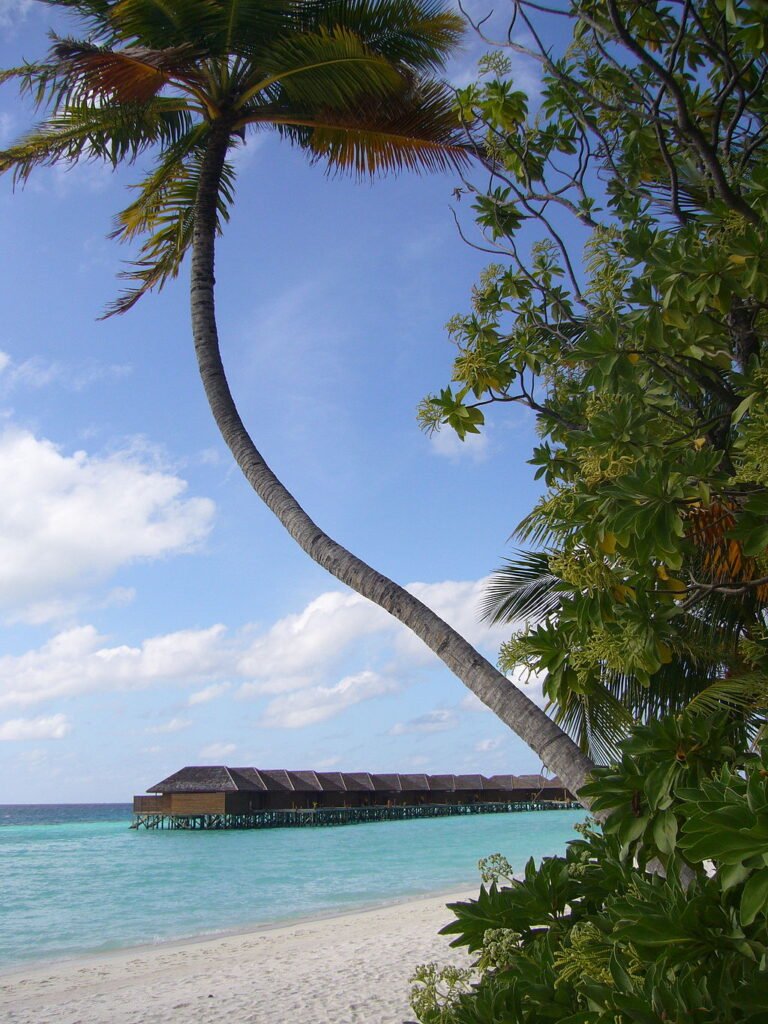
15 Best Places to Visit in Maldives
The islands of the Maldives, which were left to be shaped by the gentle waves of the Indian Ocean, are now one of the most beautiful tropical places in the world. From the powdery beaches of the northern atolls to the earthy sea shacks and fishing hamlets of the southern isles, the whole country is scattered across the turquoise oceans, a long way from the Indian subcontinent. The majority of travelers will arrive in the vibrant city of Male, which is crammed onto its own tiny island and has huge mosques and markets smelling of spices. The majority also don’t stop for very long before boarding seaplanes or boats to head to the resort of their choice, where infinity pools and over-water cabanas are the norm. More recently, the Maldives has started to change from a popular honeymoon vacation to a surfing, adventure, and backpacking destination. It seems like everyone can now go to paradise because there are now more guesthouses and people have found rolling waves. Let’s investigate the top destinations in the Maldives:
- Maradhoo
- Male
- Utheemu
- Hulhumale Island
- Fuvahmulah
- Kunfunadhoo Island
- Maafushi
- Kuredu
- Hithadhoo
- Thulusdhoo Island
- Feydhoo
- Veligandu Island
- Gan
- Banana Reef
- Alimatha Island
Maradhoo
Maradhoo is a key island in the chain of islands that begins with Gan to the east and is connected at the hip to the aforementioned Feydhoo by a seaside causeway that runs just above the coral-fringed coasts of the Seenu Atoll. It sticks out into the Indian Ocean like a long, slender finger, surrounded by groves of swaying coconut trees and narrow beachfronts. Similar to Feydhoo, the people are friendly and laid-back, and the food is spicy and abundant in seafood. Make sure to stroll down Link Road and browse the sandwich shops and coffee businesses that converge there between the palm trees.
Male
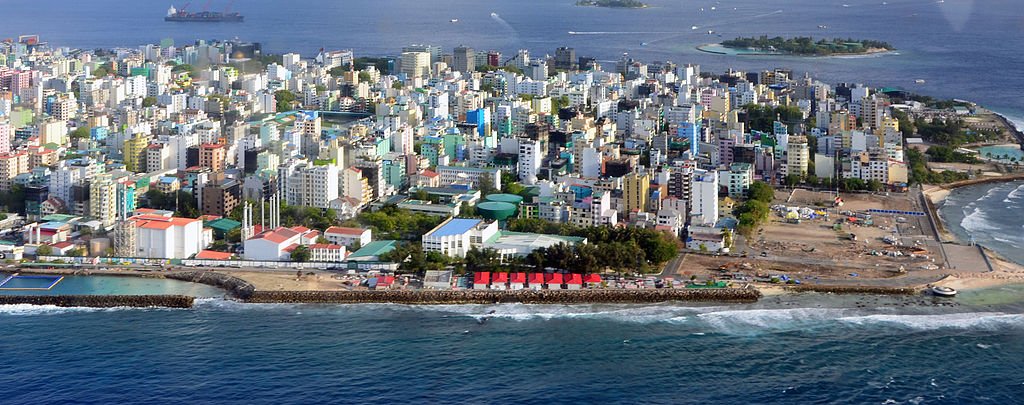
Male, the capital of the Maldives atolls, is bustling with scooters and automobiles, and Indian bazaars are filled with coconuts and spices. It has the frantic feel of a place pushed into a slot that is too tiny for it. And it is, for that reason. The town is on a small island in the North Male Atoll, even though not many people go there. Most tourists fly straight to their resort and skip the city on seaplanes. However, it manages to cram several noteworthy attractions among its streets, such as the gold-tipped Islamic Center and the 17th-century Friday Mosque. Male Market is another must-visit; just be ready to practice your bartering.
Utheemu
This archipelago nation’s history has a lot to do with the beautiful location of Utheemu. It is situated in the far northern regions of the Haa Alif Atoll, which is also the most northern of the Maldivian island chains. This is because it was once the home of the famous Sultan Mohamed Thakurufaanu, who is known for driving the Portuguese out of the islands in the late 1600s. Of course there are the typical brilliant white dunes and lapped waves of the Indian Ocean, but these are broken up by historical landmarks like the Utheemu Ganduvaru, a stunning timber-built palace where the renowned leader spent his formative years.
Hulhumale Island
The island of Hulhumale is just across the sparkling water from Male’s capital, and it keeps growing as more and more land is taken over to make room for the city’s sprawling urban tendrils. There is also the Velana International Airport, which is most travelers’ first point of entry to these paradise islands. Despite how intimidating it may sound, Hulhumale is actually a wonderful spot. A stunning beach, albeit man-made, several lush neighborhoods, a mosque with a glass roof, and proposed promenade walkways over the Indian Ocean are all there.
Fuvahmulah
Compared to the other Maldivian atolls, Fuvahmulah promises something a little unique. To begin with, this dot on the Indian Ocean map is isolated on its own atoll and doesn’t actually have any close neighbors. It also has a few lakes in the middle of it, which is unusual for this low-lying land. While the sandbanks around famed Banging Beach provide some crashing waves and cooling salt spray (a change from the typical peaceful lapping lagoons), the area’s proximity to the equator results in hot weather all year long.
Kunfunadhoo Island
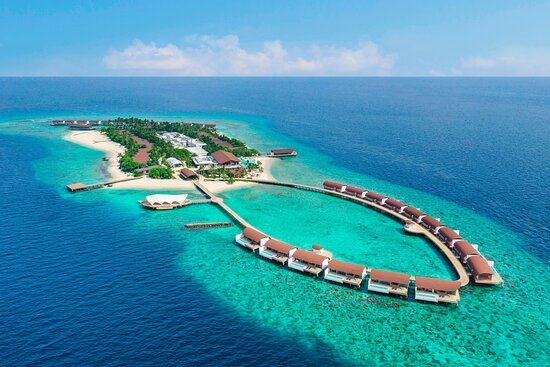
The luxurious resort on Kunfunadhoo Island is often called the most luxurious place to stay in the country. If you want to experience the mythical elegance and romance of the Maldives, you should stay at this resort. Visitors approach through a large hall made of thatched wood that is concealed by coconut palm groves. Then it’s either out to the beaches, where candles flicker in the humid sea breeze, or onto the cocktail decks that soar above the jungle on stilts. It’s simple to understand why this one is so well-liked when you consider the presence of a few infinity pools, swim-up bars, and the opportunity to have a meal on a small, private sandbank while listening only to the waves of the Indian Ocean.
Maafushi
Maafushi may not have the expansive 5-star hotels and lavish resorts that many of its adjacent brothers enjoy, but it still has a lot of charm. Sadly destroyed by the tsunami that struck the Indian Ocean in 2004, the area has spent the past ten years working to reconstruct its salt-washed fishing jetties and diligent sailor homes. Maafushi is now one of the best off-the-beaten-path island escapes for budget travelers, thanks in part to the opening up of rights to local guesthouses. Naturally, you can anticipate stunning beaches lined with palm trees, crashing waves, and a number of cozy, tiny coffee shops on the sand.
Kuredu
Kuredu is the crown jewel of the Lhaviyani Atoll, which is located in the Maldivian archipelago’s central-north. It’s an island with a boomerang shape that is totally covered by a single resort. This resort has simple bamboo huts in rows as well as villas with verandas that look out over the water. The whole place is completely surrounded by its own private fringe of powdery sand and is considered one of the most advanced SCUBA and snorkeling destinations in the country; strong currents and high waves often make it difficult to see the manta rays and tropical schools. Unusual for Kuredu, there is a whole 9-hole golf course there.
Hithadhoo
The same causeways that link Gan to Maradhoo can be used to access this portion of Addu City on the ancient Seenu Atoll, which is large and densely populated (again, at least for a Maldivian island). Along the southern edge of the island, there are few people living in the mangroves, marshes, and shrubland. On the northern side, however, there are many bakeries, cafes, and mosques with tall minarets. More than anything else, Hithadhoo has a pleasant, lived-in vibe that is hard to find elsewhere in the country’s resort-heavy landscape.
Thulusdhoo Island
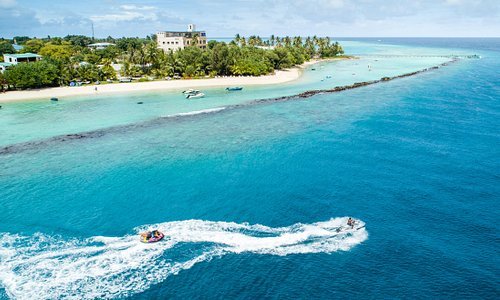
The energy of the Caribbean’s salt-washed coast appears to be what propels Thulusdhoo Island. This small island is in the Male Atolls. It is surrounded by large areas of sand from which hundreds of coconut trees grow. The beaches are fantastic, of course, and the locals enjoy bringing in their aging fishing boats for the occasional hot seafood barbecue. All of that blends seamlessly with vacationers enjoying Thulusdhoo’s other pleasure, surfing. Look for the nearby left-hand rollers at Villingilimathi Huraa that can be turned into barrels for some fun.
Feydhoo
The tale of Feydhoo is an intriguing one. In the 19th century, the locals of nearby Gan Island, who presently inhabit the area’s green lanes and compact house blocks (more on that one later), were here. When the British arrived and turned Gan into an airbase, the people were moved to the next island in the Seenu Atoll. That was Feydhoo, which today paints a charming picture of everyday life in the Maldives. The people will always welcome you as you tour the meandering streets and try seafood dishes with them.
Veligandu Island
Sea kayaks bob on the turquoise shoreline, crystal-clear waves flow in softly from the inland lagoon, romantic sunsets glow red and yellow over the lapping waters of the Indian Ocean, and there are cocktails clinking in the resort’s opulent bar. Welcome to Veligandu Island, which is beautiful and has been known for a long time as one of the most romantic places in the Maldives. On this long, thin finger of land on the western end of the North Ari Atoll, honeymooners and newlyweds are frequently seen, and there are plenty of lavish coastal homes and suites to match.
Gan
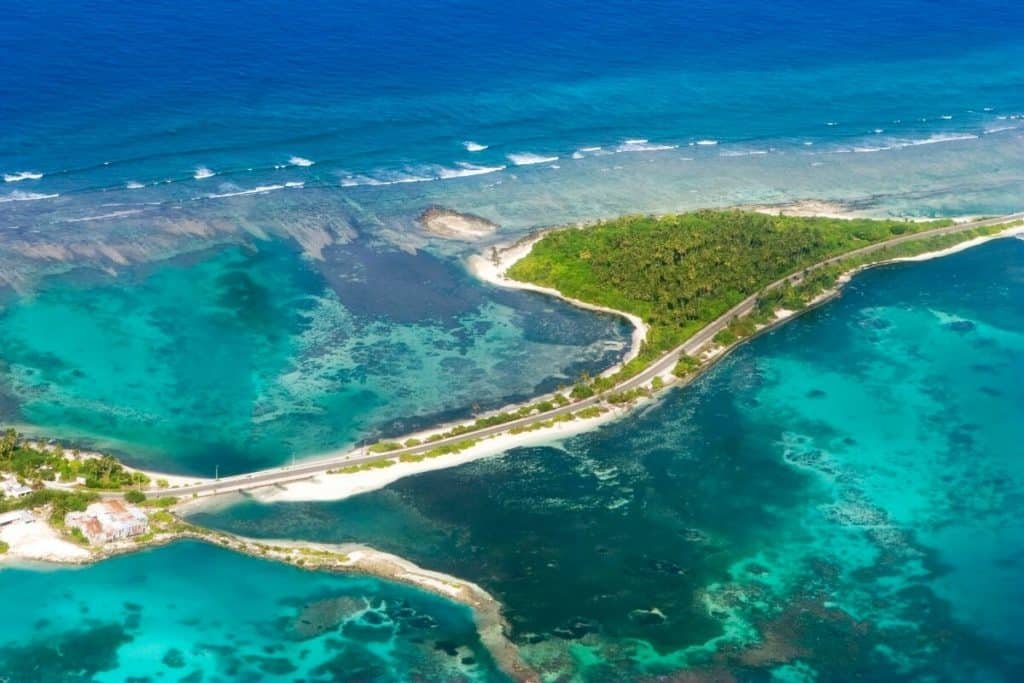
Gan International Airport, the second-largest airport in the Maldives and former airbase of the British Royal Air Force during World War II, is most well-known for its airport. The island used to be important for the military, but now it’s mostly used for tourism, and it’s slowly becoming one of the most popular places in the Addu Atoll. Gan is easy to get to because it has an airport, but there are also cute fishing shacks and small stretches of beach that are often empty, which also brings in a lot of people.
Banana Reef
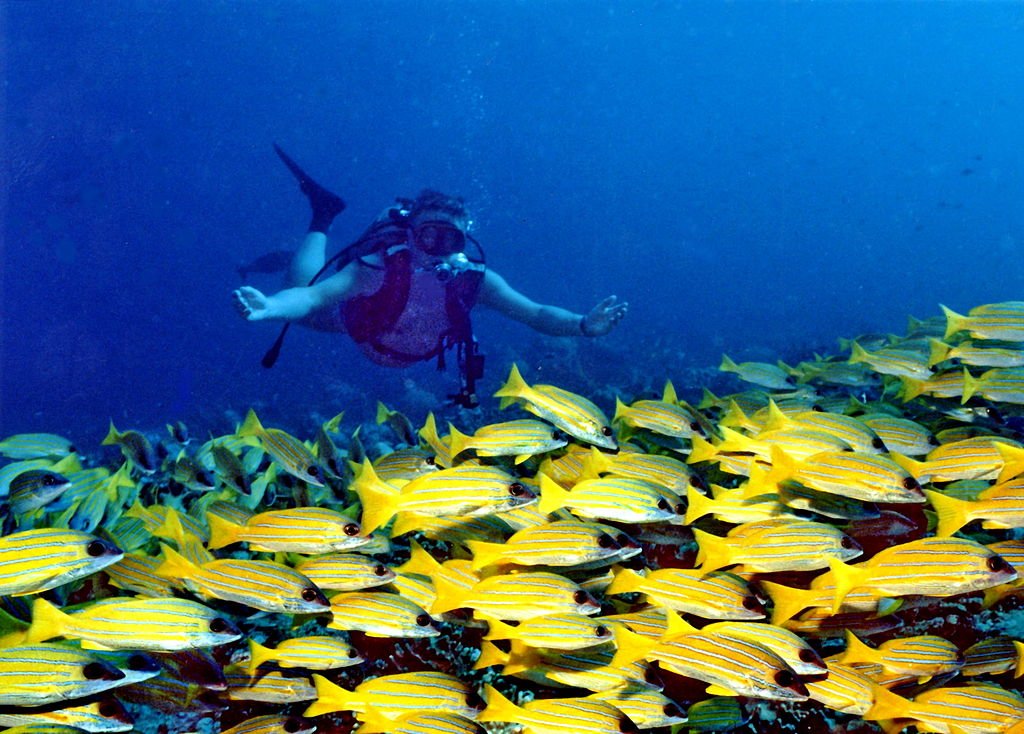
There will be a lot of tourists visiting the Maldives islands solely for the purpose of diving. The Banana Reef is easily the best location in the nation to don SCUBA equipment and wetsuits. This underwater smear of sandbanks covered in algae and corals of various colors, shaped like a fruit, is situated between the North Male Atoll’s islands. There are a lot of outfitters that take divers out on trips to see the reef sharks, barracudas, and striped snappers that hang out there.
Alimatha Island
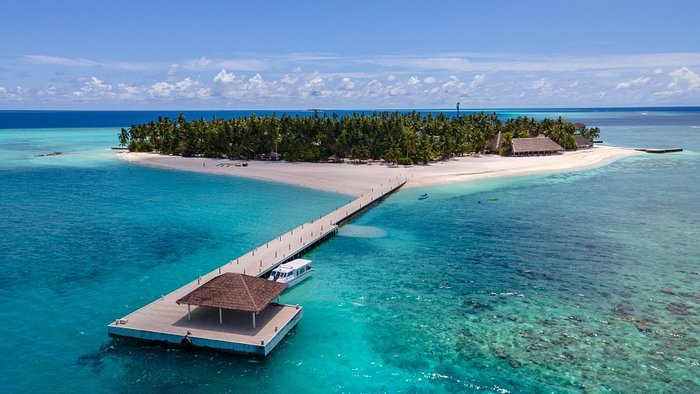
Alimatha is a fantastic tourist island that is perched on the eastern tip of the Maldives, in the renowned Felidhe Atoll. Alimatha provides opulent cabanas, undeveloped expanses of immaculate sandy beach, and – most importantly – some of the most renowned SCUBA diving places worldwide. Divers who want to explore the beautiful coral groves and sea walls that line the coasts often fill the resort that covers the whole island. These are renowned for their excellent visibility and well-liked night diving packages and are teeming with jackfish, moray eels, and other species.


